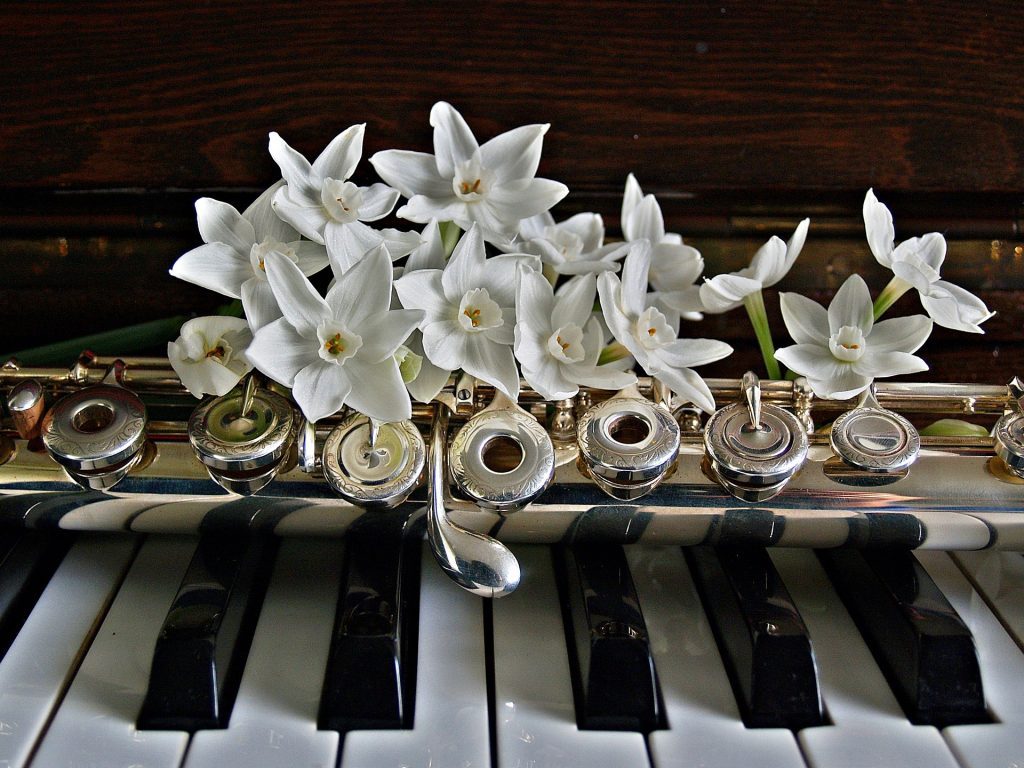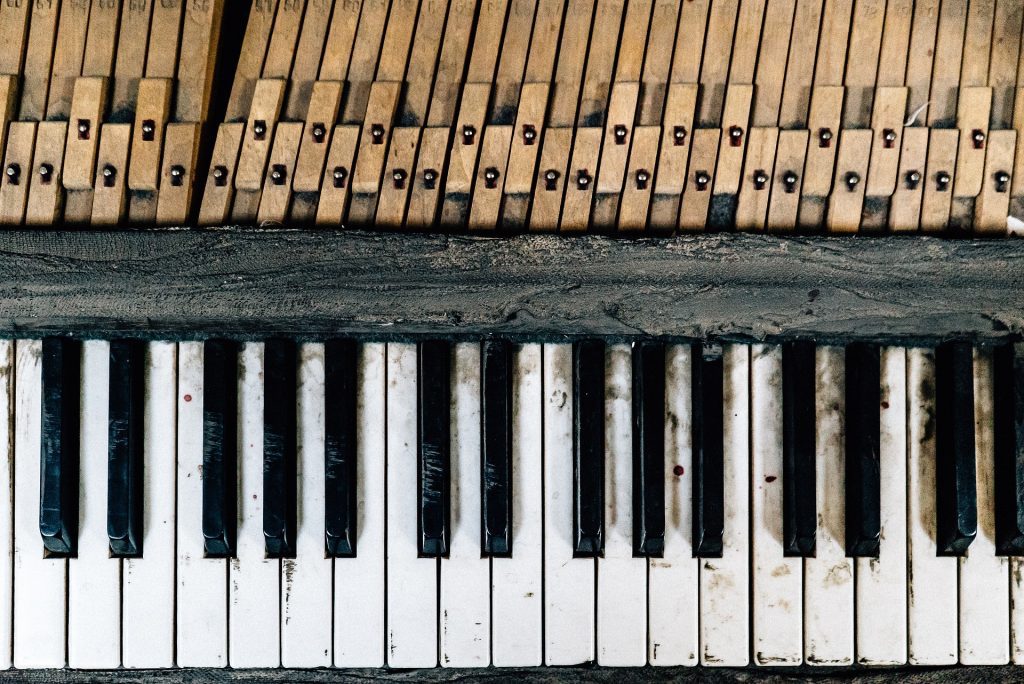How to Learn Piano?
The piano is a unique and versatile instrument that has been a staple in classical and contemporary music for centuries. Its distinctive sound, which is produced by hammers striking strings inside the piano’s wooden frame, has captivated audiences and musicians alike.
The piano’s history can be traced back to the early 1700s, when a harpsichord maker named Bartolomeo Cristofori developed the first pianoforte. This early version of the piano was able to play dynamic expressions of music, something that was not possible on the harpsichord.
The piano quickly gained popularity among musicians and composers, and by the 1800s, it had become a central instrument in classical music. Composers such as Ludwig van Beethoven and Frédéric Chopin wrote some of their most famous works for the piano, and the instrument’s range and expressiveness made it a natural choice for solo performances.
In the 20th century, the piano continued to evolve and became an important part of many different musical styles. Jazz musicians such as Duke Ellington and Thelonious Monk used the piano to create complex and improvisational pieces, while rock and pop bands incorporated the instrument into their sound.
Today, the piano remains a popular and versatile instrument, and it is used in a wide variety of musical genres, from classical and jazz to pop and rock. Whether played solo or in a group, the piano’s rich and expressive sound continues to captivate and inspire musicians and audiences alike.
Does anybody can play piano?
In theory, anyone can learn to play the piano if they are willing to put in the time and effort to practice and develop their skills. However, some individuals may find that they have a natural aptitude for playing the piano, which can make the learning process easier and more enjoyable. Additionally, having a good teacher or mentor can also help to facilitate the learning process and ensure that students develop good technique and understanding of the instrument.
What is most popular piano song?
It is difficult to determine the most popular piano song as opinions on what constitutes a “popular” song may vary. Additionally, the popularity of a song may change over time and can be influenced by a variety of factors, such as cultural trends and individual preferences.
However, some classical piano pieces that are often considered among the most popular and enduring include Ludwig van Beethoven’s “Moonlight Sonata” and Frédéric Chopin’s “Nocturne in C-sharp Minor.” In the realm of pop and rock music, songs such as Elton John’s “Your Song” and Billy Joel’s “Piano Man” have become piano classics. Ultimately, what is considered the most popular piano song may be a matter of personal preference.

The keys on a piano are the rectangular levers that are pressed by the fingers to play the instrument. When a key is pressed, a hammer inside the piano strikes a string, producing a sound. The keys are arranged in a pattern that repeats across the entire length of the keyboard, with white keys for the natural notes and black keys for the sharps and flats.
Each key on the piano is connected to a small wooden lever called a “wippen,” which is in turn connected to a felt-covered hammer. When a key is pressed, the wippen lifts the hammer, which then strikes the string. The strings on a piano are arranged in a horizontal fashion, with three strings for each note on the keyboard. The hammers are designed to strike the strings at different points, depending on the desired volume of the sound.
Get access to FREE piano tuning E-book DOWNLOAD
The pitch of the sound produced by the piano depends on the length, thickness, and tension of the strings. The shorter and thinner the string, the higher the pitch of the sound it produces. The keys on the left side of the keyboard produce lower pitches, while the keys on the right produce higher pitches.
The piano’s action, which is the mechanism that connects the keys to the hammers, is carefully designed to allow for precise and expressive control of the instrument. The weight of the keys and the distance they travel when pressed can be adjusted to suit the preferences of the player, and the design of the action has evolved over time to provide greater responsiveness and control

